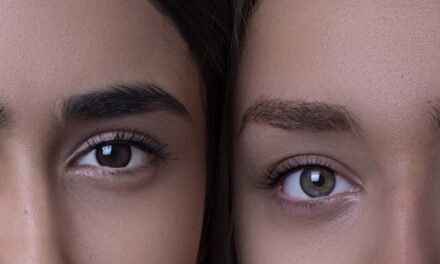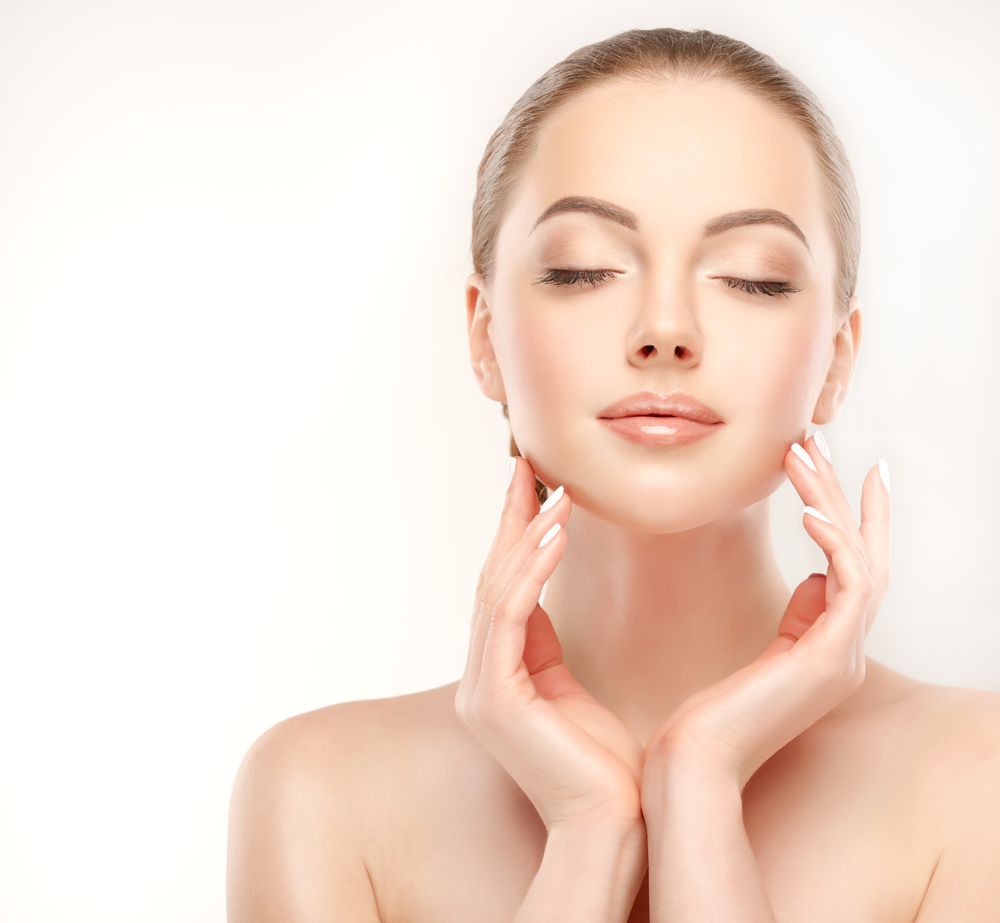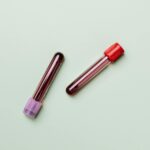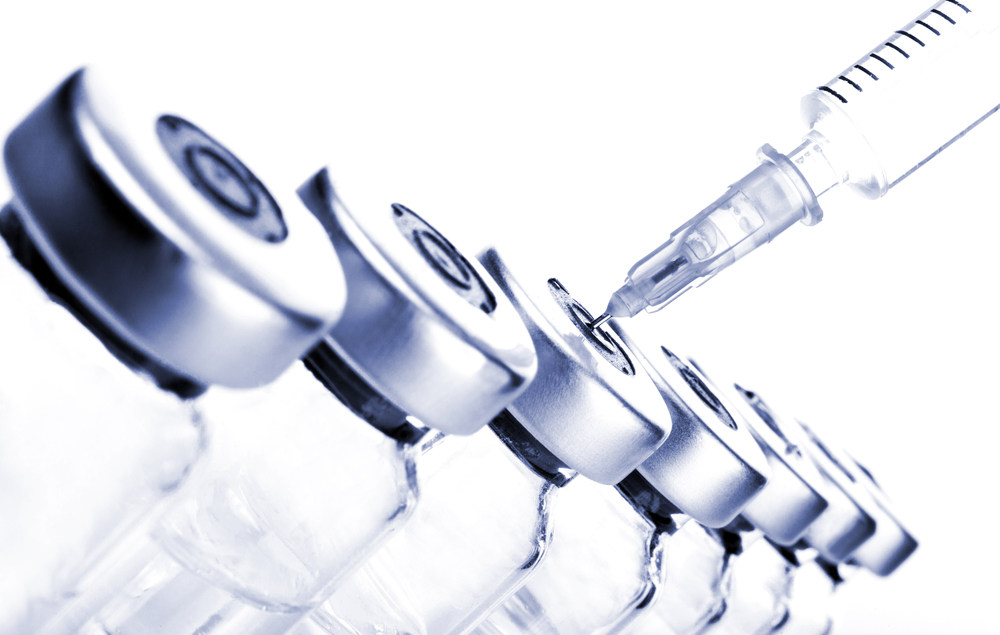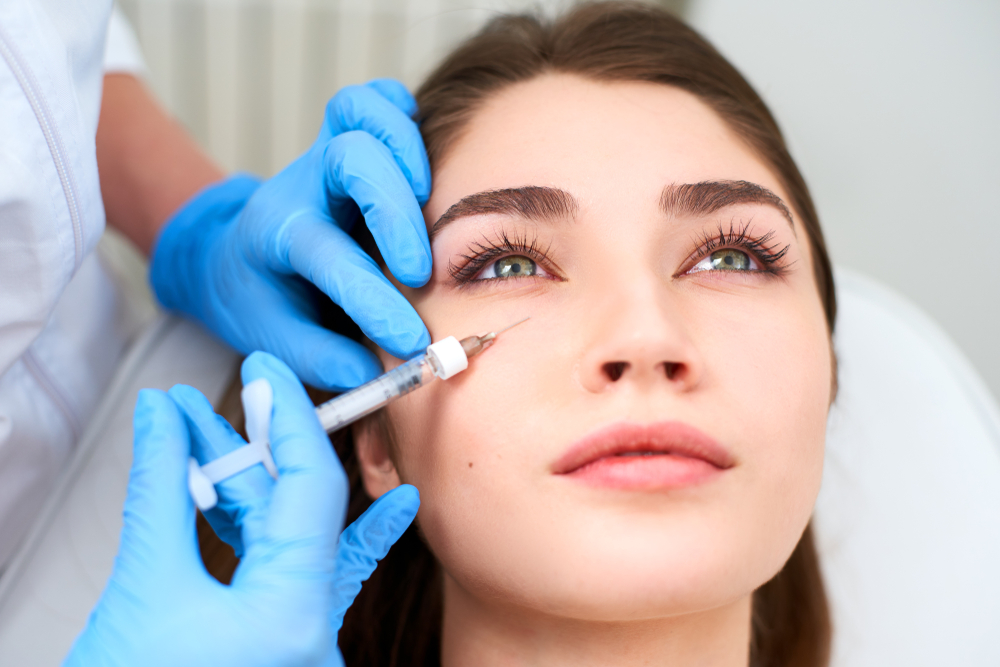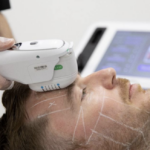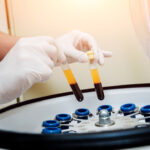Words: Rosie Wilson
Skincare and dermatology experts have expected a boom in sales for skincare devices, which they suggest will be in full force by the year 2020.
The prediction is in line with the most recent statistics for surgical and non-surgical procedures, which showed the whole non-surgical aesthetics market rise by 50% in just six months. It is said that, alongside this, contributing factors include a growth in medical tourism and an increasing incidence rate – and awareness – of skin disorders.
The USA is currently the global leader in skincare devices, and is introducing new technologies to the market at speed. The high income consumer demographic in the USA is also helping to drive the boom. European markets are – and are expected to remain – a steady outlet for the devices, whilst the Asian-Pacific market is expected to experience the most growth. This is reportedly due to local manufacturers, who offer cost-effective alternatives to the products – and the average consumer in that part of the world also has a growing amount of disposable income.
The boom will affect both at-home and in-clinic devices. Advanced and affordable devices like exfoliating treatments and clarisonics are driving the growth of the at-home skincare market, because they give consumers an accessible way to perform a beauty ritual at an accelerated level.
A rising acceptance and awareness of in-clinic non-surgical treatments has also been attributed, in part, towards the boom. Processes like skin tightening, facial rejuvenation and energy-assisted body contouring are creating a heightened awareness of advanced treatments that can be performed at home, too.
Moving forwards, rising incidences of various skin cancers and disorders, including acne, dermatitis, moles, lesions, warts and psoriasis in countries like China, India and Brazil are expected to accelerate the use of at-home skincare devices.
Potential constraints on the skincare device market include a rise in demand for substitute or alternative devices, competitive pricing and equipment costs, although these have not caused a hindrance on the market thus far.
Devices are categorised into diagnostic and treatment. Diagnostic devices include biopsy devices, dermatoscopes and image guidance systems, while treatment devices include electrosurgical devices, LED therapy devices, laser skin resurfacing, cryotherapy devices, microdermabrasion devices and liposuction devices.

